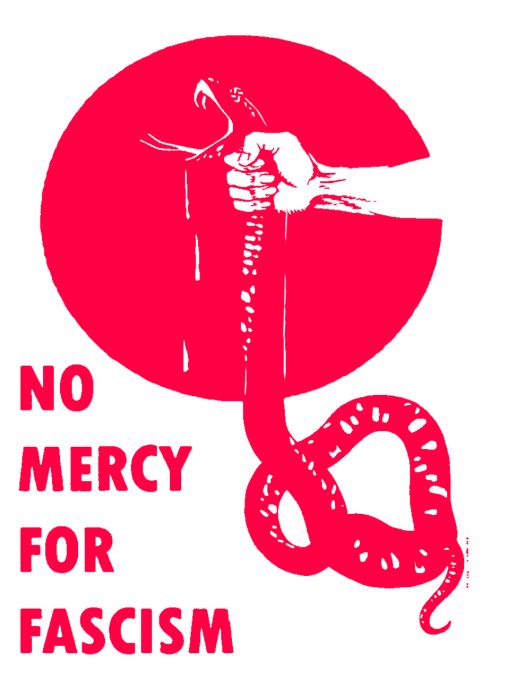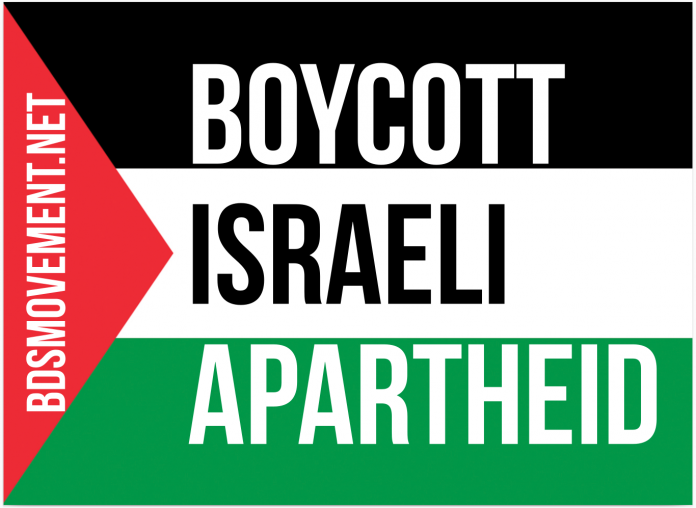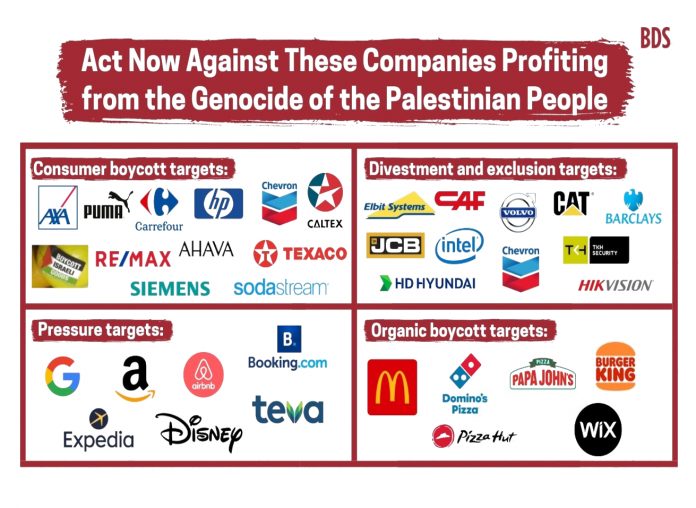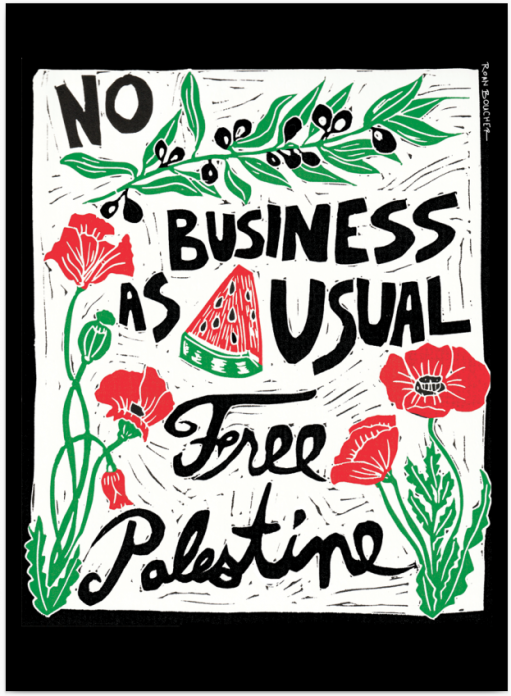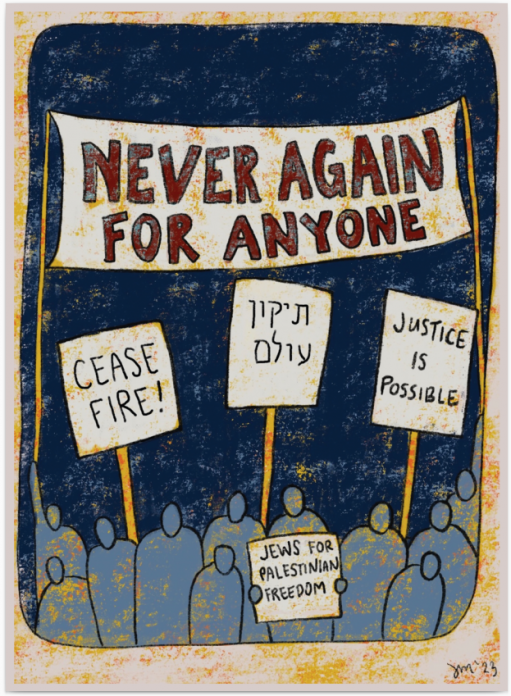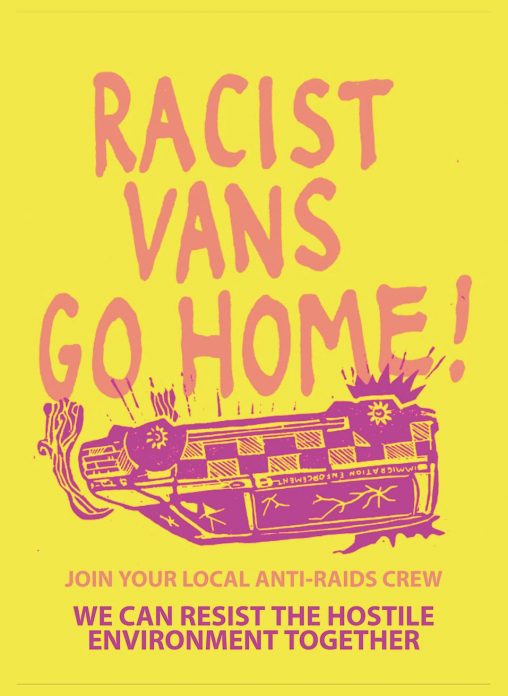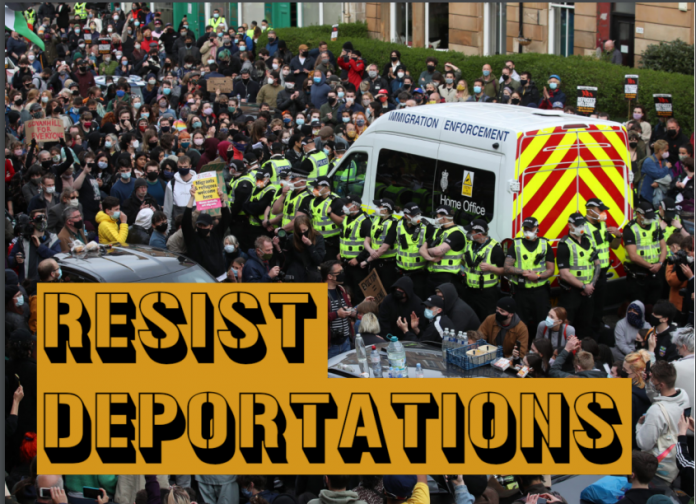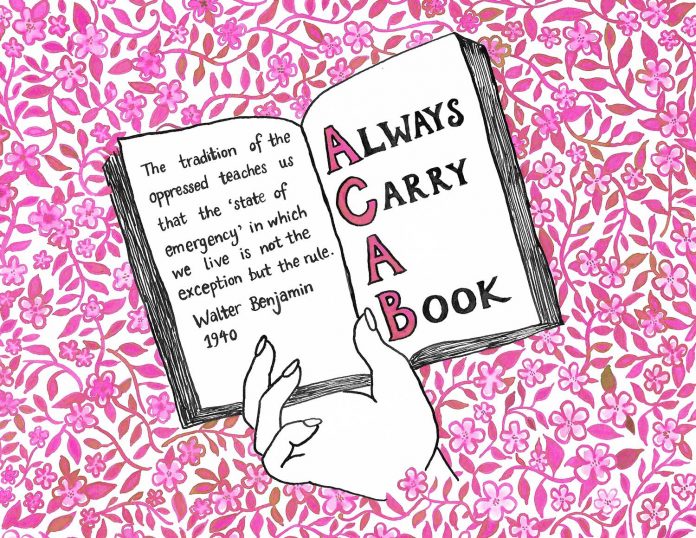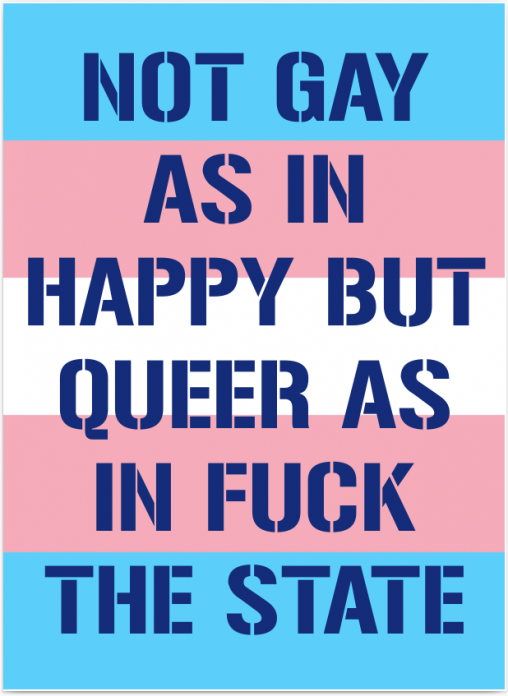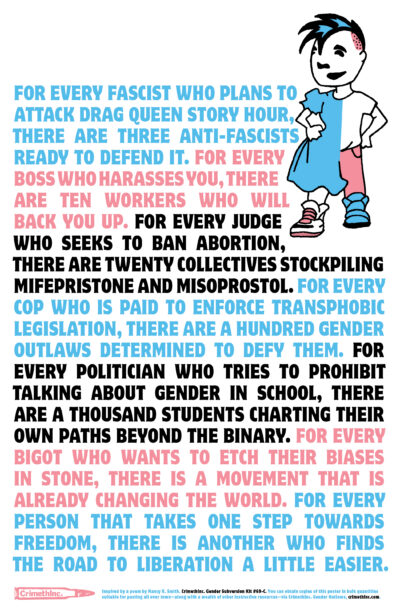CNT FAI poster sticker
£0.10
A CNT FAI poster from the Spanish Civil War
Description
On April 4, 1931, the Provisional Government of the Republic of Spain was proclaimed to wildly enthusiastic crowds. To a nation long victimized by malnutrition, illiteracy, unemployment, mass arrest and torture, these were heady days of freedom. Social Democrats, intellectuals, peasants, workers, artists, labor unionists, anarchists, communists, socialists, all intoxicated with the idea of a new society, worked tirelessly towards a Spain free of grinding poverty, privilege and cruel repression. When the new Republican government set about the task of modernizing Spain, class conflict erupted. To breakup the great estates of the rich and give land to the landless peasants was regarded by the wealthy as an attack on property. Improving the conditions of those who worked in factories, shipyards and mines was seen by the capitalists as threatening their profits. Giving autonomy to Catalonia was for the right-wing nationalists the tearing of Spain to tatters. Removing the privileges of the enormously wealthy Catholic Church was seen by conservative Catholics as the ‘dechristianization’ of the country. Moves to reduce the overblown officer corps created animosity against the government from within the army.
Ultimately these conservative social forces sought salvation and the restoration of ‘order’ by launching a military coup. The aim of the army rebellion led by General Franco and his Nationalist movement was the crushing of the Republican government in Madrid, but instead this treason was met with popular armed resistance. The civil war began in earnest.
Franco’s Nationalist movement had powerful allies in the fascist regimes of Germany and Italy. Without the combined military might of these two dictatorships aiding Franco, his dreams of destroying the Spanish Republic would have failed. The first airlift in modern war occurred when Nazi planes transported Franco’s troops to battle. Italy sent airplanes, tanks, trucks and some 47,000 ground troops. Nazi planes conducted the first saturation bombing of a defenseless civilian target when they obliterated the town of Guernica.
The great powers of the west did nothing while Spain was being ravaged. There was tacit approval in this silence as the young republic was cut apart by fascist bayonets. However, people from all over the world came to the aid of Spain. Artists were in the forefront of this international outpouring of sympathy. Ernest Hemingway, George Orwell, Paul Robeson, Pablo Picasso and Joan Miro are but a few of those who lent their talents to the Republican cause. Volunteer brigades came from every corner of the globe to defend Spain as combatants, the Abraham Lincoln Brigade from the U.S. being the most well known of these (members of the Abraham Lincoln Brigade would later be persecuted in the U.S. for being ‘premature antifascists’ and pro-communist).
It is within this context of war and revolution that the posters from that time must be seen. They became important weapons in the battle for a free Spain. Political parties, people’s organizations and trade unions used the posters to communicate with the people, large segments of which were illiterate. The posters were present everywhere, they spoke from the battalion stations and trenches to the home and office. They were put up on telephone polls and every available space in the city.
Some of the posters were created anonymously and many were produced by the Spanish Artist’s Union, who infused the most vigorous experiments of the time (expressionism and the constructivism of Soviet artists) with the simplicity and directness that are the traditions of the revolutionary message. The artists, printers, lithographers and those who distributed the works labored under the perilous conditions of air raids and artillery fire. Faced with shortages of materials and an inadequate supply of electricity for light and printing presses, they nevertheless managed to create powerful works that still reverberate in our time. The internal pressures of disparate ideologies working together in coalition, the vicious onslaught of the fascist armies, plus the blockade imposed upon the young republic by the west, led to the demise of the revolution. Yet even in defeat, the posters we present here continue to tell the implacable fight for true freedom and democracy.
Spanish War in Slogans and Posters
A laminated sticker
Additional information
| Weight | 0.001000 kg |
|---|


